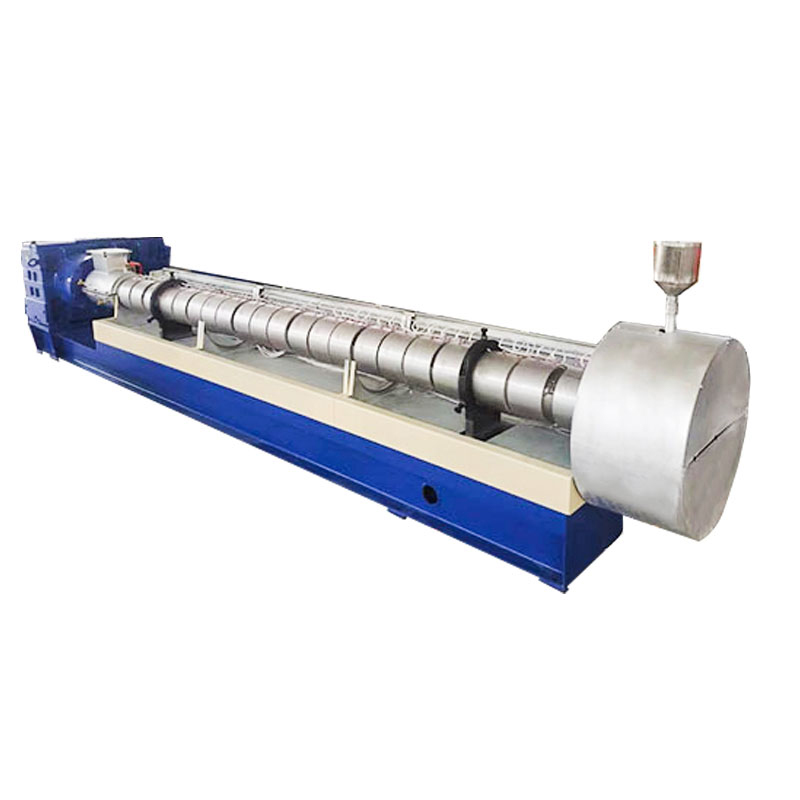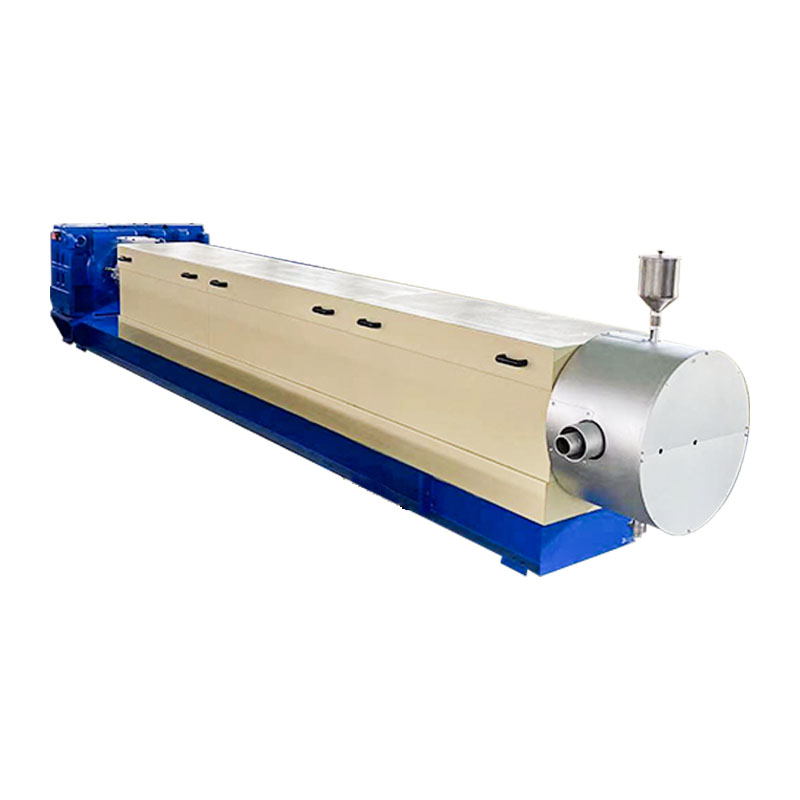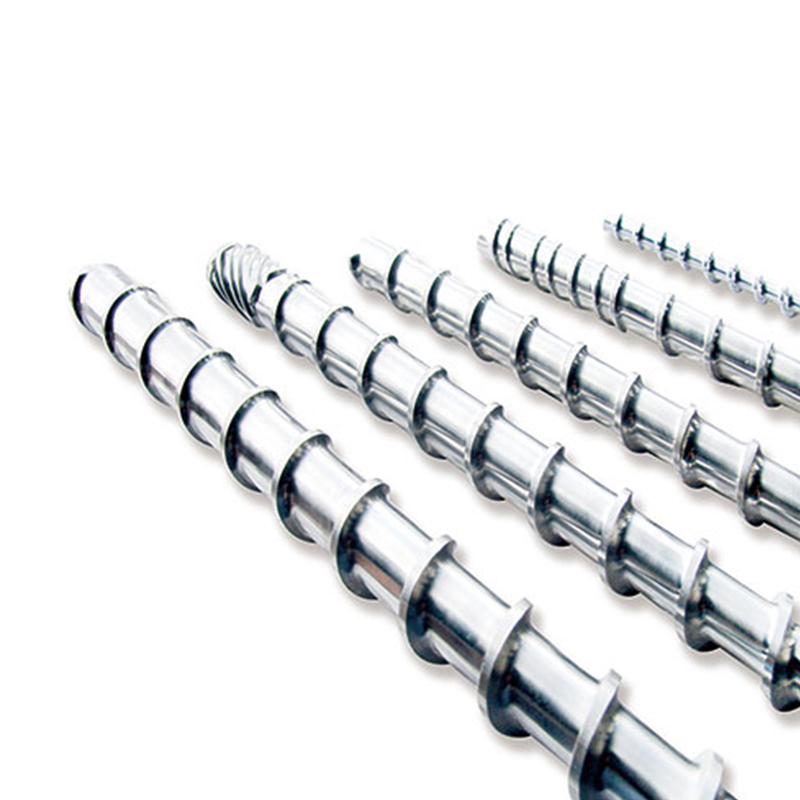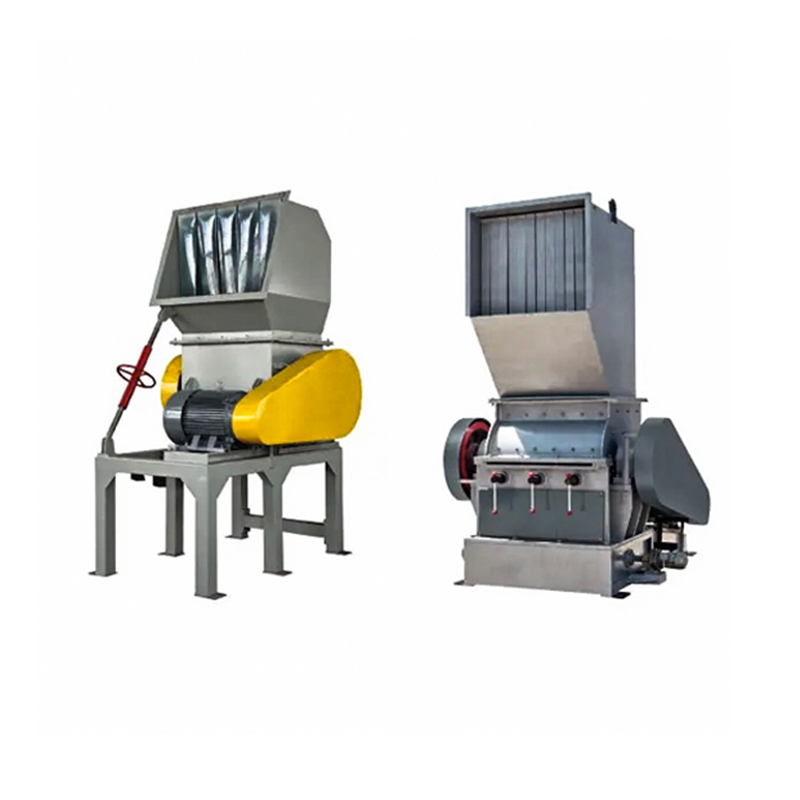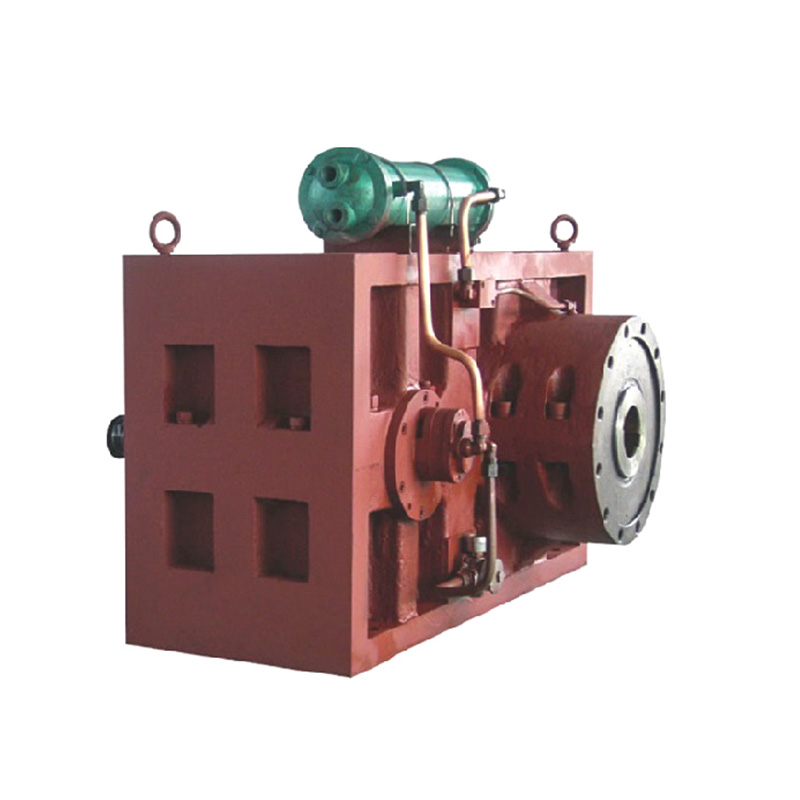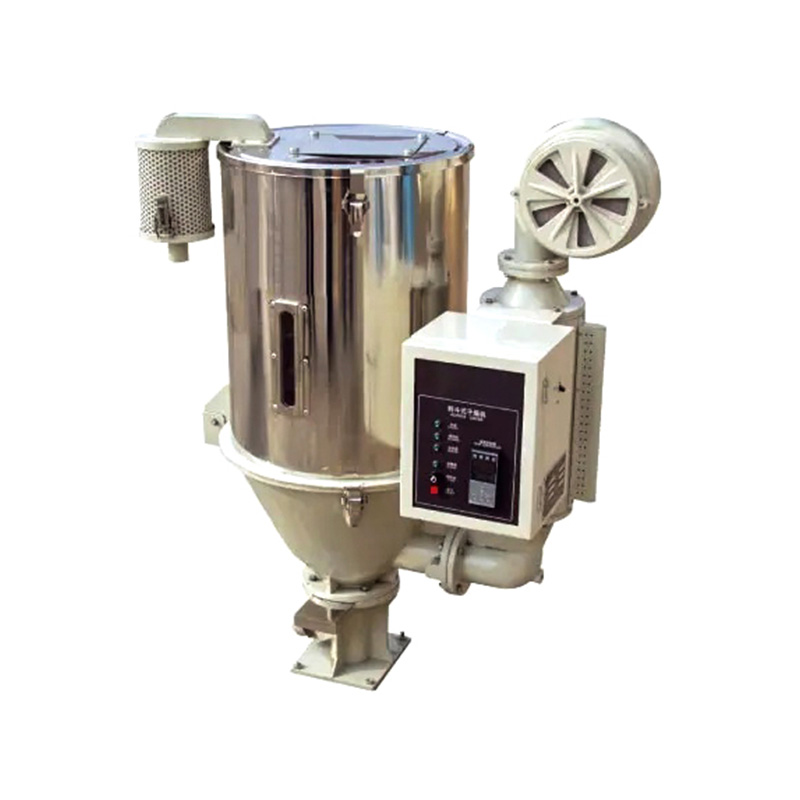The screw inside the barrel is a crucial component in the plastic extrusion process, playing a pivotal role in several key stages. Here's how it contributes:
Material Transport: The Screw Barrel For Extrusion Machine inside the barrel, effectively pushing and conveying the plastic material forward. This continuous movement ensures that the plastic is efficiently transported through the extruder, from the feed zone to the die.
Mixing and Kneading: As the screw rotates, it mixes and kneads the plastic material. This action helps distribute additives, colorants, and any other ingredients evenly throughout the plastic mass. It also breaks down any large particles or agglomerates, ensuring a uniform plastic mixture.
Plasticization: The screw's design and rotation, along with the heating elements surrounding the barrel, work together to plasticize the material. The friction between the screw and the barrel wall, as well as the shear forces generated by the screw's rotation, create heat that softens and melts the plastic. This plasticization process transforms the solid plastic into a viscous, flowable mass that can be extruded through the die.
Pressure Build-up: As the plasticized material moves forward, the screw compresses it, building up pressure within the barrel. This pressure is essential for forcing the molten plastic through the die, shaping it into the desired cross-sectional profile.
Flow Control: The speed and rotation of the screw can be adjusted to control the flow rate of the plastic material through the extruder. This allows for precise control over the extrusion process, ensuring consistent output and quality.
In summary, the screw inside the barrel plays a multifaceted role in the plastic extrusion process. It transports the material, mixes and kneads it, plasticizes it, builds up pressure, and controls the flow rate. These functions are crucial for achieving efficient, high-quality plastic extrusion.

Web Menu
Product Search
Exit Menu
Industry News
Home / News / Industry News / How does the screw inside the barrel contribute to the plastic extrusion process?
Product Categories
How does the screw inside the barrel contribute to the plastic extrusion process?
Recommended Products
CONTACT US AND GET A QUOTE
PRIORITY TO LEARN ABOUT OUR NEW PRODUCTS
PRIORITY TO LEARN ABOUT OUR NEW PRODUCTS
CONTACT INFO
Copyright©2023 Zhejiang Dowell Machinery Co.,Ltd. All Rights Reserved. Plastic Extrusion Machinery Manufacturers Plastic Screw Barrel Suppliers


 عربى
عربى


